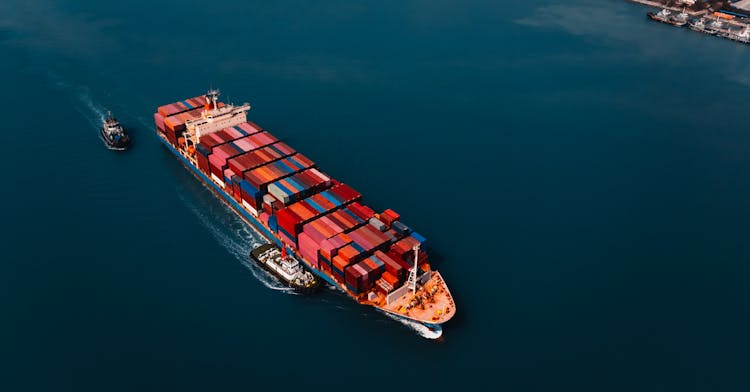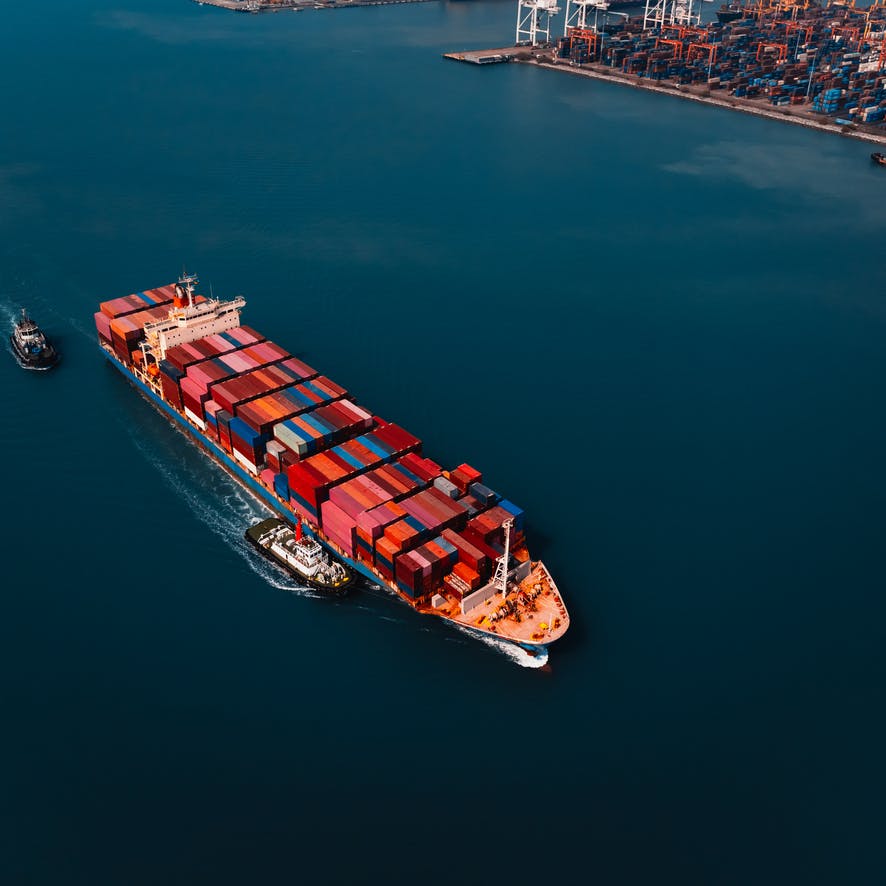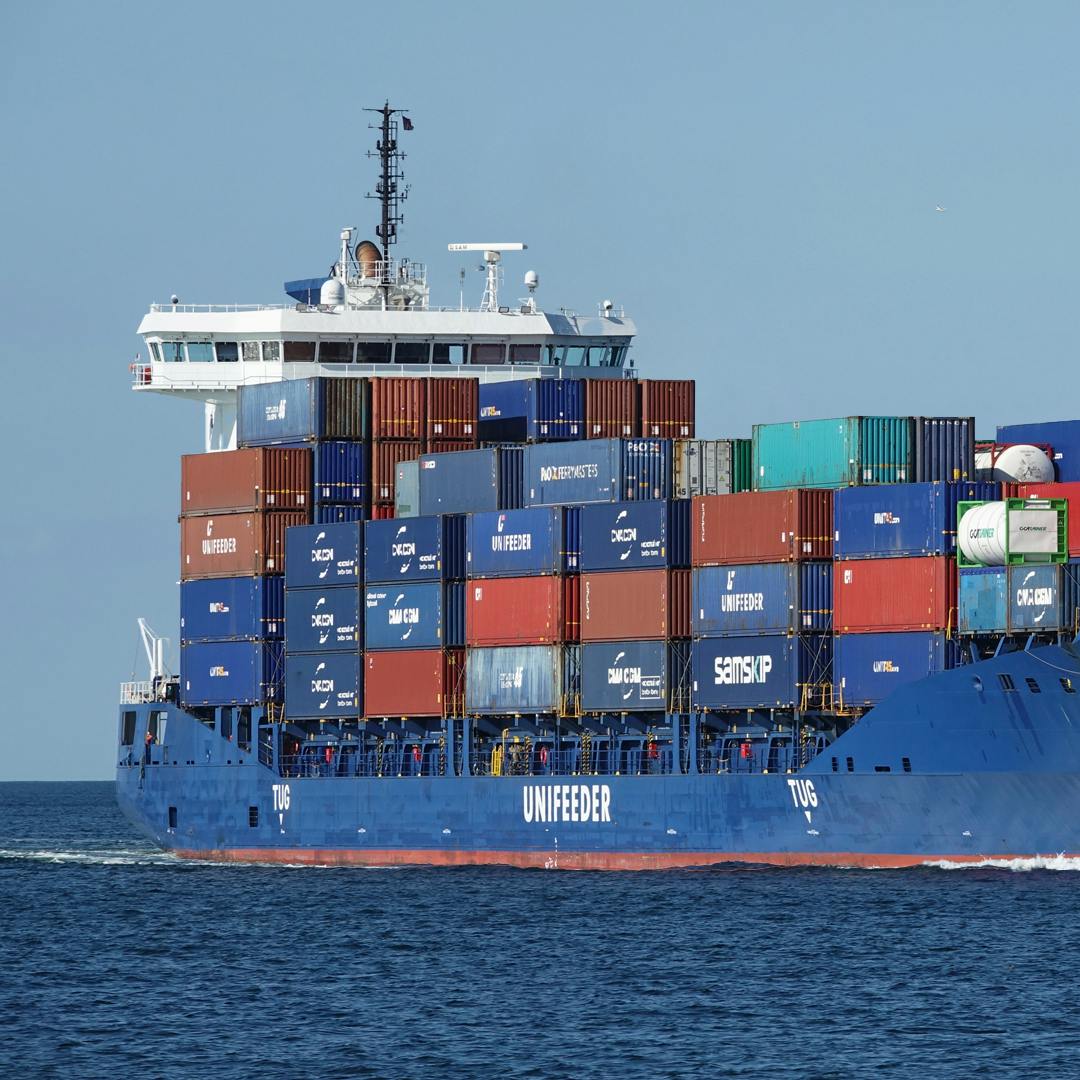Imagine a world with a seamlessly digital sustainable supply chain. Where all parties from shippers to carriers, financers, freight forwarders and beyond collaborate for efficiency, the best customer experience and reduced environmental impact. The shipping industry is striving for a future that is no longer encumbered by analogue tools.

In this pursuit, every stakeholder shoulders a crucial responsibility. Carriers, shippers, ports, financial institutions, importers and governments must unite to usher in a shipping revolution and embrace a world of paperless trade. The path to change is not without challenges. Shipping processes are inherently complex, they involve a myriad of systems, regulations and links in the chain. Collaboration has never been more critical as we bid for digitalisation and a greener future for container shipping. The good news is that significant strides have been taken: the Future International Trade (FIT) Alliance of DCSA, BIMCO, FIATA, ICC and SWIFT was formed to advocate for the digitalisation of international trade.





